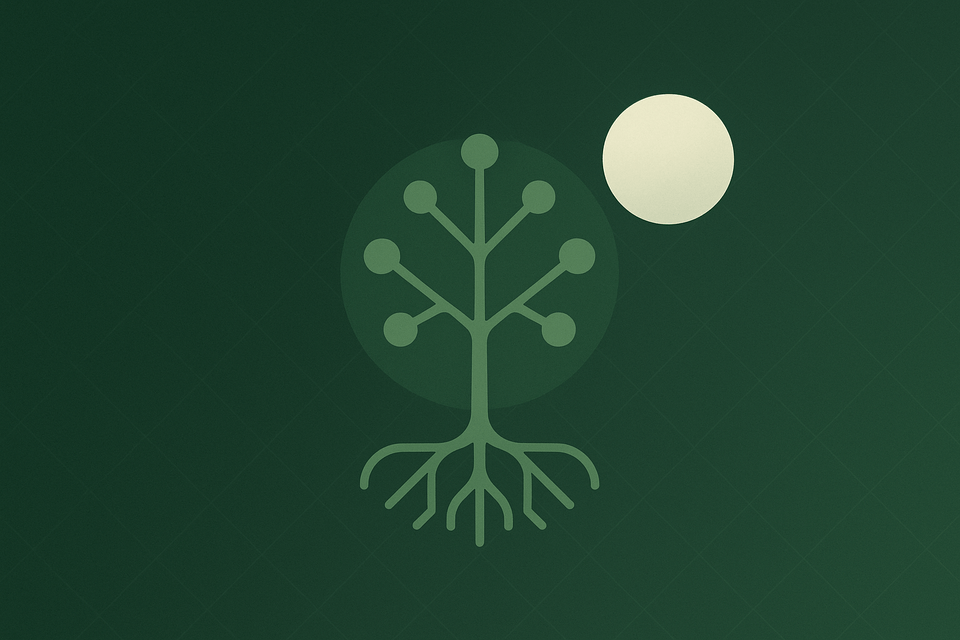
Valeon: A New Name, A Larger We
A quick promise first: in our last update we said we’d keep pushing more of the scaffolding into the open—how the site works, how decisions get made, how you can participate. Today is one of those street-visible moments. The Contemplative Path has a new name and a clearer mandate: Valeon.
What does the name mean?
Valeon (pronounced VAY-lee-on; IPA: /ˈveɪ.li.ɒn/ ~ /ˈveɪ.li.ən/) is a coined name that nods to Latin valeo—“to be strong, to be well”—and echoes value/valence (what connects and matters) with a hint of eon (long horizons). It signals strength, clarity, and long-range, systems-level thinking. The word fits the posture we’ve been growing into—clear-eyed, sturdy, and built for the long horizon.
Practically, the change should feel smooth. Old links will keep working via redirects, the new identity is live across the site, feed, and artwork, and Valeon now has its own social accounts so the publication can stand on its own legs. But the heart of this change is the “we.” Valeon is moving from a personal blog to a co-created publication—an honest attempt to gather engineers and poets, traders and teachers, policy thinkers and product builders around rigorous ideas, clear language, and humane reflection. In that spirit, Valeon is open to outside submissions. If you have something thoughtful and useful to say about philosophy, markets, technology, culture, or the craft of making, consider this your invitation. The practical details—topics, formats, style guidance, JSON submission schema, and review flow—are laid out on the How to Contribute page.
To make contributing feel worthwhile, we’ve also improved the author pages. If you publish with Valeon, you’ll have a proper profile you can share: a dedicated page with your bio, headshot, links, and a clean index of your essays, series, and topics. Each author page is designed to work as a portable profile—something you can link on social or in a portfolio—with consistent formatting, canonical citations, and per-author feeds so readers can follow your work directly. It’s a small but important way to honour the people who take the time to write here.
If you’ve been following recent changes, you’ve seen the direction of travel: audio for every post and a proper podcast feed; calmer, faster pages; cleaner print styles; an Obsidian-plus-Git writing flow; and content repos that are increasingly open by design. That “open scaffolding” is not a slogan—it’s a method. We’ll keep documenting the stack, publishing templates, and clarifying standards so contributors can plug in without guesswork. Alongside the author pages, we’re continuing to ship improvements that make reading and writing here better: more robust per-series navigation and “maps” of long projects, topic hubs that collect related work, better search and discovery, accessible media defaults, higher-quality cover images, and a smoother submissions experience from pitch to publication. No drama, no mystery—just steady iteration that moves friction out of the way so the energy can go into the ideas.
Rebrands can be cosmetic. This one isn’t. Valeon is a stronger container for the kind of work many of you tell me you come here for: thinking that is practical without being cynical, principled without being performative. Same compass, wider horizon. If you’ve been reading quietly, thank you. If you’ve been sharing posts, thank you. And if you’ve been waiting for a nudge to step in—this is it. Read the How to Contribute page, send a pitch, claim your author page, and help build something that earns attention one thoughtful piece at a time. Welcome to Valeon.


